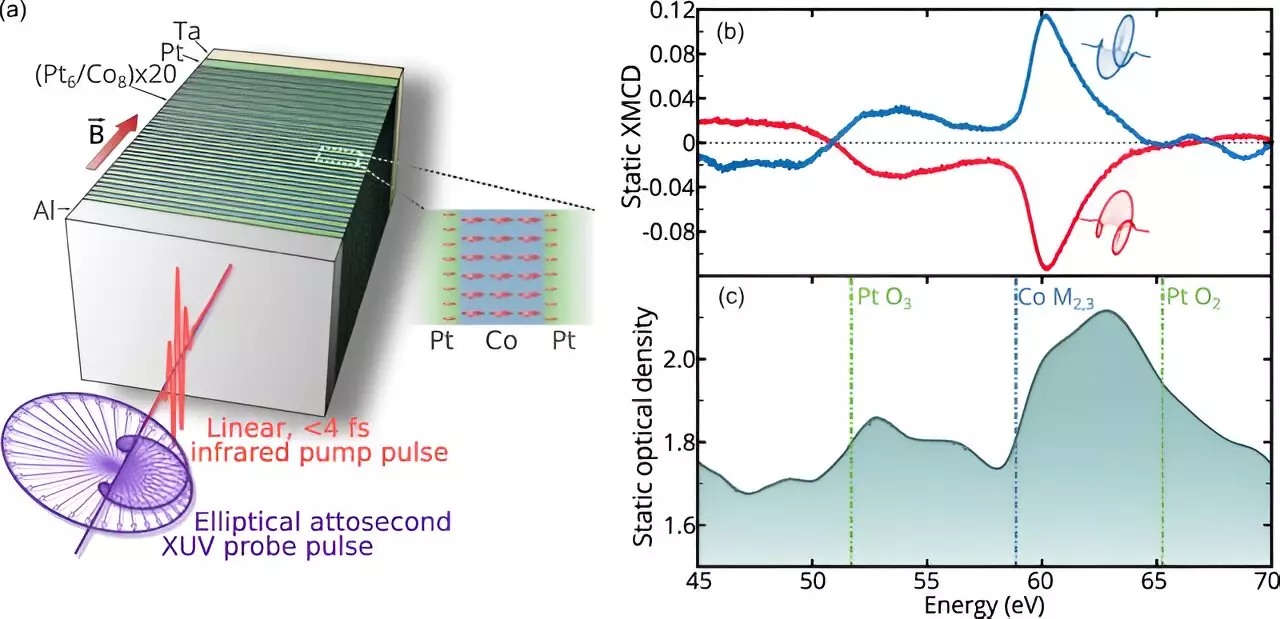Recent developments in condensed matter physics have opened up new avenues for energy-efficient electronic devices. An international team of physicists has made significant strides in generating spin currents utilizing ultrashort laser pulses, a discovery that could change the landscape of electronic technology. Their research, showcased in the journal *Physical Review Letters*, breaks away from traditional methodologies by proposing a direct method for generating spin currents, which are a crucial component in next-generation electronic devices poised to offer faster operation speeds and reduced energy consumption.
Spin currents refer to the flow of electrons organized by their spin orientation rather than their charge. This concept has been long theorized to enable devices that operate at much higher efficiencies than those relying on conventional electron flow. Traditionally, researchers have approached the creation of spin currents through indirect methods—previous techniques utilized lasers to generate electrons, leading to a mixture of spins. Consequently, this necessitated a complex filtration process to isolate desired electron spins, thus reducing efficiency.
The pioneering research presented by the physicists reveals a groundbreaking technique that significantly enhances the generation of spin currents. Their method involves the use of a specifically structured target: a block composed of 20 alternating layers of platinum and cobalt, each merely a nanometer thick. By applying a powerful magnetic field perpendicular to these layers, the scientists succeeded in aligning the electron spins efficiently. Such precise alignment is vital for effective spin current generation.
The methodology does not stop there—the researchers employed two distinct laser pulses: a linearly polarized pulse to initiate the generation, followed by a circularly polarized probe pulse directed at the same spot on the layered block. This two-step process enables a rapid alteration of electron spins within femtoseconds, surpassing previous methods that required more extended periods for similar modifications.
The experimental results were further corroborated by theoretical calculations, providing a robust framework for understanding the interactions at play. The team observed an immediate shift in the magnetic ordering of the materials involved, indicating that the developed technique was not only effective but also promising for future technological applications.
This advancement holds remarkable potential for the electronics industry, as creating efficient spin currents could lead to devices that not only consume less energy but also operate at significantly faster speeds. In an era where energy efficiency and processing power are paramount, this research might be a pivotal step towards a new generation of electronic components.
This novel approach to generating spin currents marks a substantial leap in the field of spintronics, bridging gaps that existing methodologies could not efficiently manage. The combination of ultrafast laser technology with intricate material design paves the way for future innovations, promising a transformation in how electronic devices are conceptualized and manufactured. As researchers continue to explore the implications of these findings, we stand on the brink of a new era in electronic design, where speed meets sustainability.

